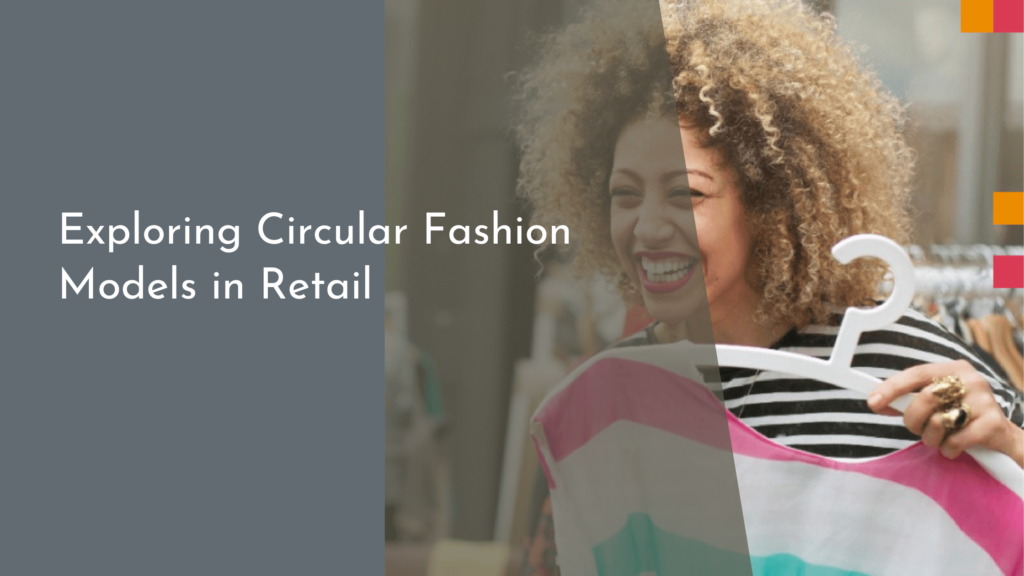How to Transition to Using Reusable Products
As our understanding of environmental issues deepens, more individuals are seeking ways to reduce their ecological footprint. One of the simplest yet most impactful choices is transitioning from single-use to reusable products. This shift not only benefits the planet but also often leads to cost savings and a more thoughtful lifestyle. In this guide, we’ll explore how to embrace reusable products in a way that aligns with your lifestyle while making a positive impact on the environment.
Understanding the Benefits of Reusable Products
The most apparent benefit of using reusable products is the significant reduction in waste. By switching to items like cloth bags, metal straws, or glass containers, you can drastically decrease the volume of landfill-bound trash. This reduction helps preserve natural resources, as the production of single-use items often involves high resource consumption. Moreover, by cutting down on plastic waste, you help mitigate the harmful effects on wildlife and ecosystems. Plastic pollution in oceans, for example, is a critical issue that reusable products can directly address.
Beyond environmental benefits, opting for reusables can lead to personal savings over time. While the initial investment might be higher for items like stainless steel water bottles or silicone food bags, these products are designed to last. This durability means fewer replacements and lower long-term costs. Additionally, using high-quality, reusable items often enhances daily life, providing a more enjoyable and efficient experience compared to their disposable counterparts.
Identifying Which Reusables Suit Your Lifestyle
Transitioning to reusable products should be tailored to fit your unique lifestyle. Start by evaluating the areas in your life where single-use products are most prevalent. If you often find yourself buying bottled water, investing in a durable, reusable water bottle could be an ideal starting point. For those who frequently use plastic sandwich bags, consider silicone or fabric alternatives. The key is to identify the most wasteful habits and replace them with sustainable options that seamlessly integrate into your routine.
Consider your daily activities and the settings you frequent. If you’re someone who enjoys coffee on the go, a reusable coffee cup is a practical choice. For those who love cooking, glass or stainless steel storage containers can significantly reduce the use of cling film or foil. By aligning reusable alternatives with your interests and needs, the transition becomes more manageable and sustainable. Experiment with different products and brands to find what suits your preferences and habits best.
Tips for Making the Transition Smooth and Easy
Start small to avoid feeling overwhelmed. Instead of overhauling your entire lifestyle overnight, focus on one area at a time. For instance, commit to using a reusable shopping bag or replacing paper towels with cloth alternatives. As these changes become routine, gradually introduce more reusable items. This step-by-step approach makes the transition feel less daunting and more manageable.
Educate yourself and involve your family or housemates in the process. Share what you’ve learned about the benefits and ease of using reusables. Engage in discussions about why you’re making the switch and how it positively impacts the planet. By creating a supportive environment, you’ll not only make the transition smoother for yourself but also empower those around you to consider their own habits and choices.
Celebrating Your Impact and Encouraging Others
Once you’ve successfully integrated reusable products into your life, take a moment to celebrate your accomplishments. Reflect on the waste you’ve eliminated and the contribution you’re making to a healthier planet. This sense of achievement can be incredibly motivating and will inspire you to continue making sustainable choices. Occasionally treat yourself to a new eco-friendly product as a reward for your efforts.
Share your journey with friends and family to encourage others. Whether it’s through social media posts, casual conversations, or hosting a zero-waste workshop, your enthusiasm can be contagious. By showcasing both the challenges and triumphs of your transition, you provide others with a realistic view of living sustainably. Remember, the collective impact of small, individual changes can lead to significant positive outcomes for the environment.
Transitioning to reusable products is not just a trend—it’s a meaningful step towards a more sustainable lifestyle. By understanding the benefits, identifying suitable alternatives, and taking gradual steps, you can reduce your environmental impact while enjoying practical and financial benefits. Celebrate your successes and share your experiences to motivate others to join the movement. Your actions contribute to a healthier planet and inspire a ripple effect that encourages wider adoption of eco-friendly practices.

